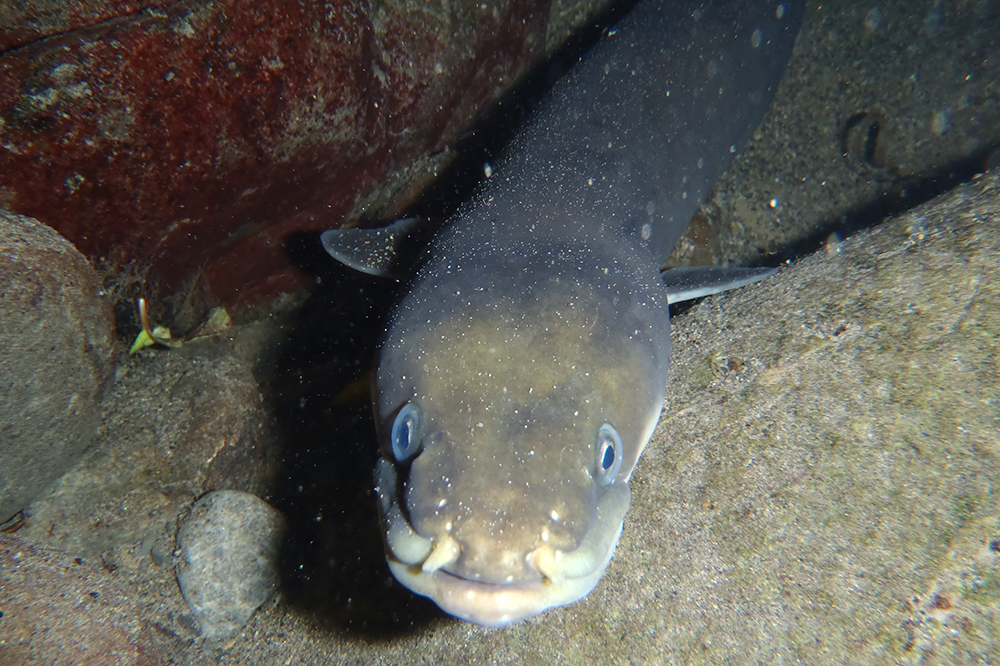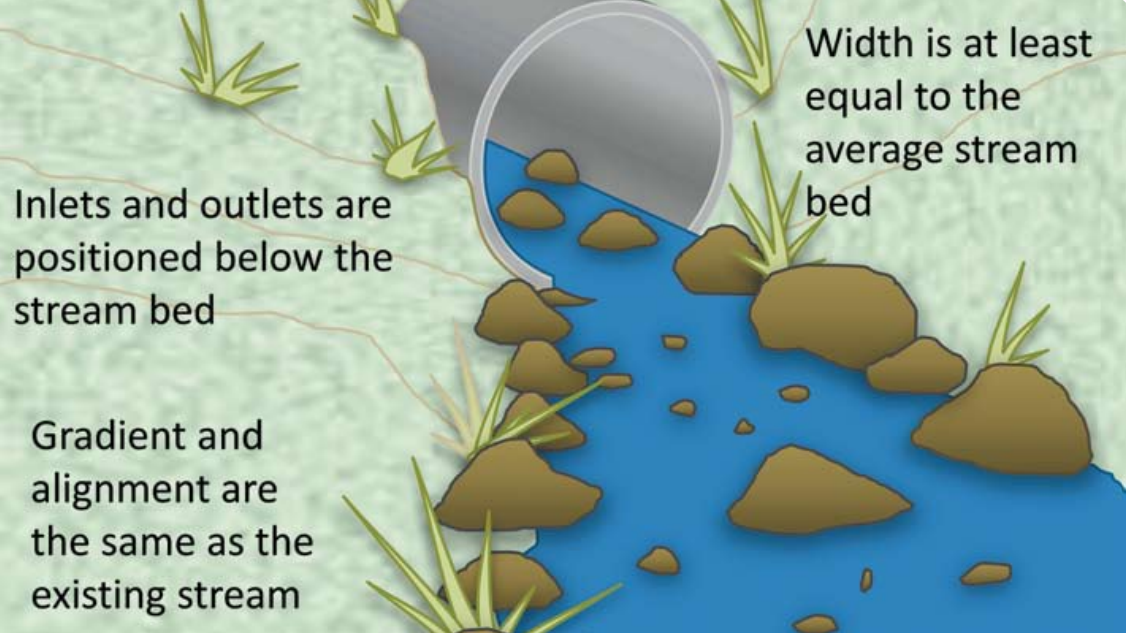Story
Are your culverts fish-friendly?

Many native fish, such as this eel, need to migrate between freshwater streams and the sea to complete their life cycle.
If you think the design of a culvert doesn’t matter much as long as it carries water, think again!
With many of New Zealand’s freshwater fish needing to migrate between freshwater and the sea as part of their life cycle, including whitebait species, fish-friendly culverts are important to support fish lifecycles, recreational and commercial fishing. Poorly designed or installed culverts that fish can’t get past can cause a serious decline in freshwater fish numbers.
Well-designed culverts have other benefits, too, reducing the risk of flooding and erosion both upstream and downstream.
What are the rules?
The National Environmental Standards for Freshwater 2020 (NES-F) introduced new national regulations for fish passage to be considered alongside rules in the Proposed Regional Plan. These rules require all new instream structures to be designed, installed and maintained in a way that fish can pass through. For weirs and culverts, you will need to follow specific design criteria.
While the new regulations don’t apply to instream structures installed before 3 September 2020, it is still important that those structures allow fish passage. There are options for remediating or retrofitting structures to help fish passage.
What does a fish-friendly culvert look like?
The key rules for a fish-friendly culvert are to position inlets and outlets below the stream bed, ensure the culvert is at least as wide as the stream bed, and make the slope and alignment of the culvert the same as the stream.
Reducing water speed is important, as fast-flowing water can prevent fish from swimming upstream through a culvert. You can slow down the water speed by:
- choosing a stable site with minimal stream bed slope
- attaching objects such as rocks or small concrete blocks to the culvert bed, which helps slow the water flow and provide rest spots for fish (make sure the objects won’t cause the culvert to become blocked by debris during floods)
- placing a rock ramp below the culvert.
Erosion of stream banks and beds can happen around culvert inlets and outlets. Channel scour can result in hanging outlets – one of the most common barriers for fish in small streams. To avoid hanging outlets and other erosion problems:
- make sure your culvert is at least as wide as the stream bed during normal flows
- if erosion is likely, protect the stream banks and bed around both the inlet and outlet with rocks or other suitable material. A rock ramp placed below a culvert can also help prevent erosion.
For more information about fish-friendly culverts and other water structures, visit the Fish Passage page on our website.

